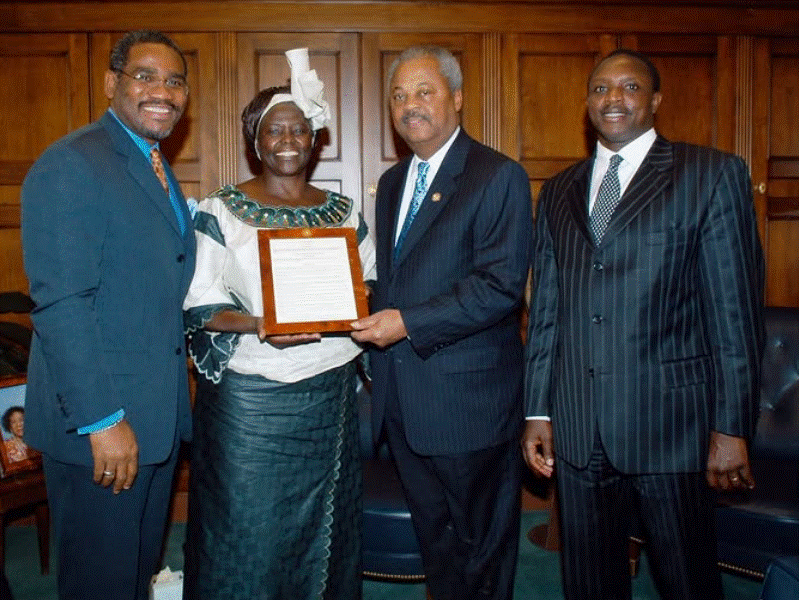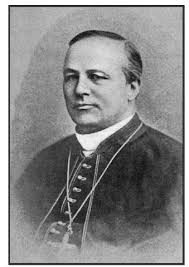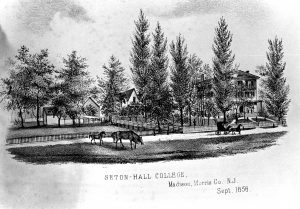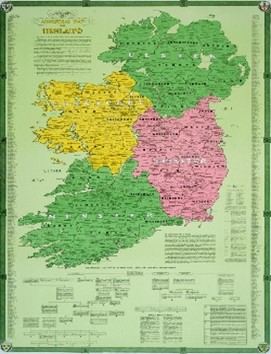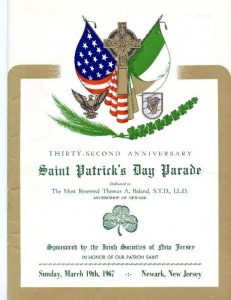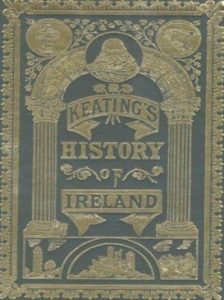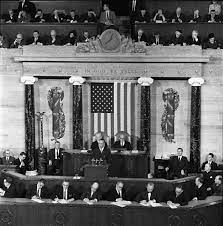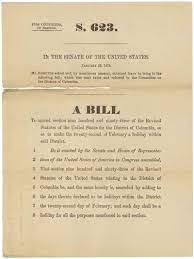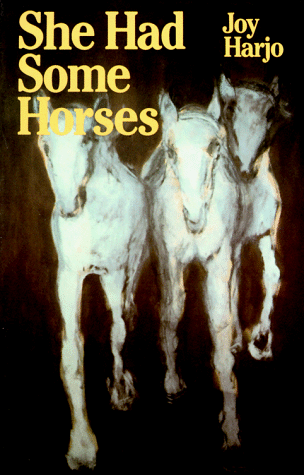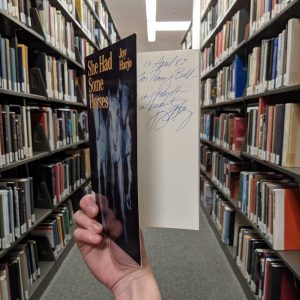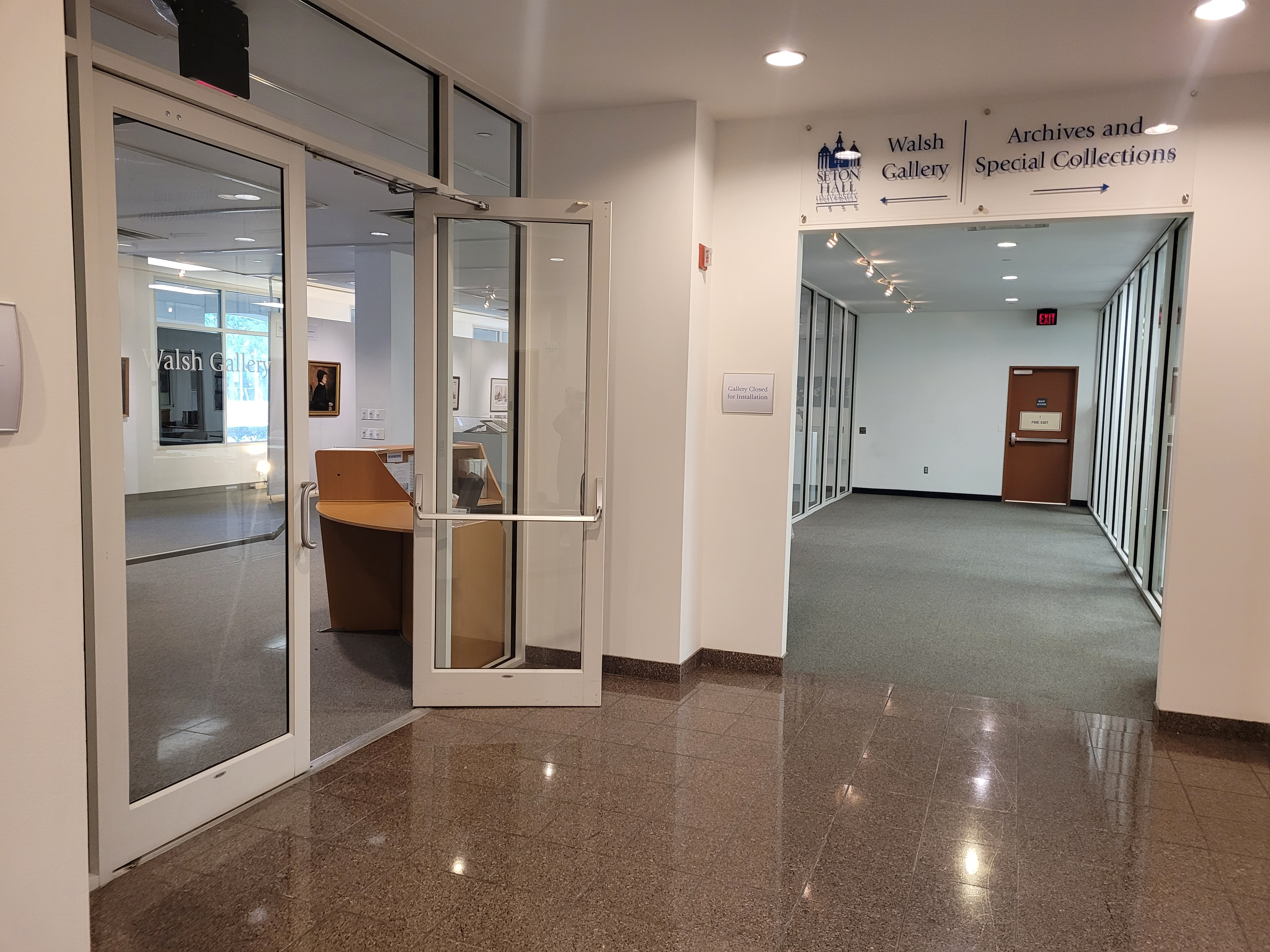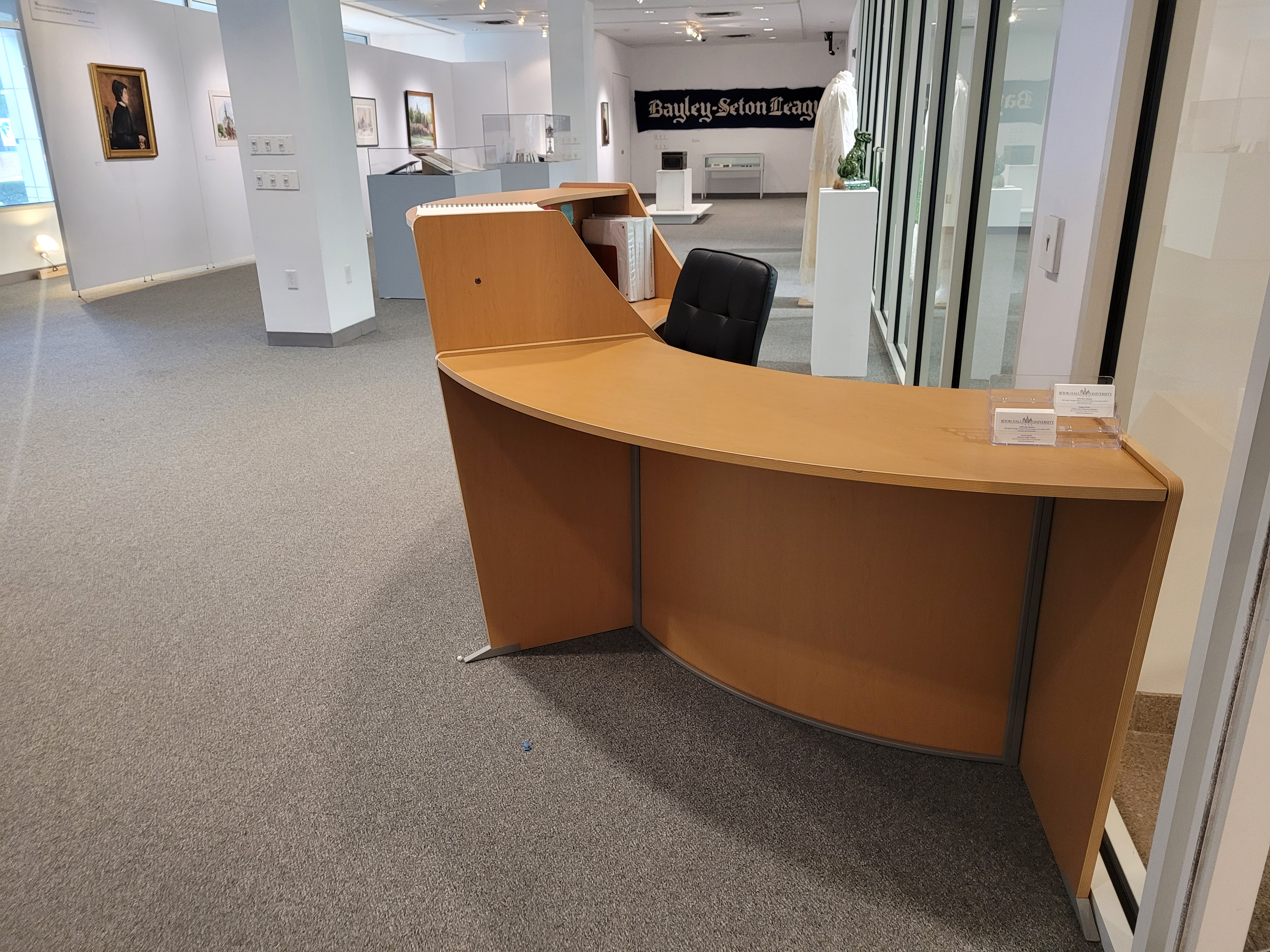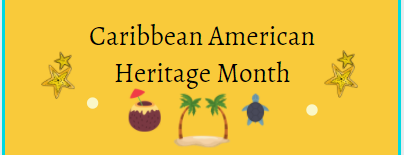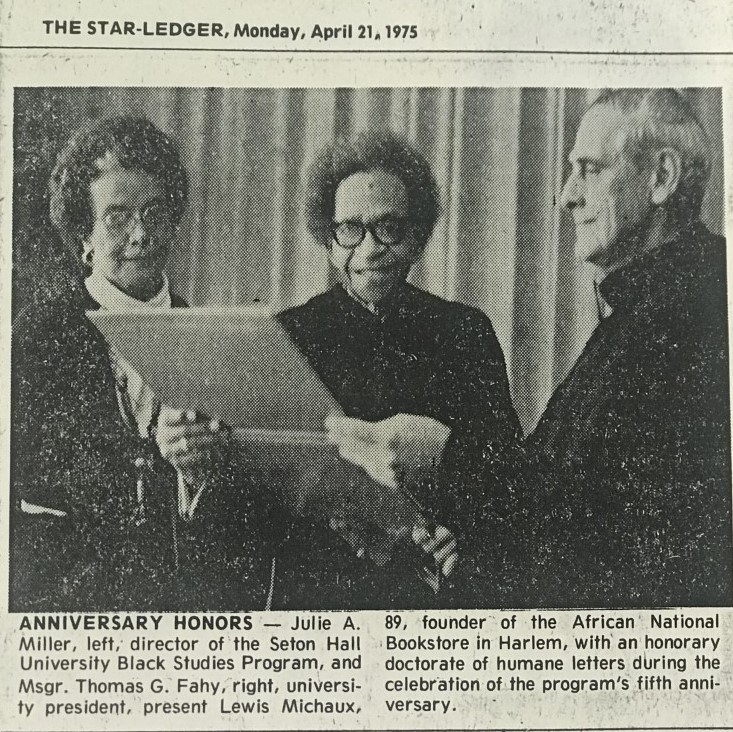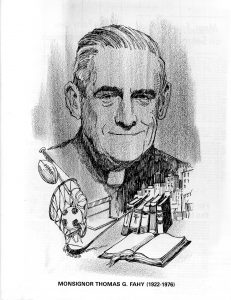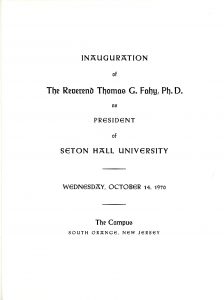Walsh Libraries Special Collections & Archives Center houses many books and objects related to Black History Month. See some of the highlights below. The collections are available for viewing and for research by appointment.
1-Dr. Frances Hammond’s Qur’an
Special Collections has a a Qur’an previously owned by Dr. Francis Hammond, the first African American professor at Seton Hall University, who worked on interfaith and interracial matters both locally and internationally. This Qur’an comes from his collection and is believed to have been handwritten in France. Rewriting and copying text, such as sacred scripture, was one way to learn language, how to write, and most importantly the scripture itself. Read more about Dr. Hammond.
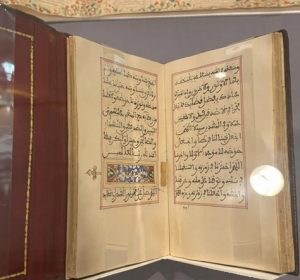
You can see Dr. Hammond’s Qur’an on display now in Walsh Gallery’s latest exhibition, The Beauty of Sacred Texts, open Monday-Friday 10am-4pm all semester
2-Bishop John A. Francis pastoral letter on racism, 1979
See a portion of the first draft of Bishop Joseph A. Francis’s pastoral letter on racism, published in 1979. Joseph Francis was ordained as a priest in 1950 and became the fourth African American Roman Catholic bishop in the country, and the first ordained in the Northeast. Bishop Francis was a pioneering figure in the discussion of race and religion, and one of the first in the Catholic church to openly speak out against racism. Though these words were written ~45 years ago, one could argue they are as relevant and integral as ever.
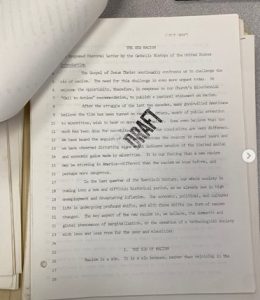
The Joseph A. Francis papers are held in the Archives. The materials in this collection includes Bishop Francis’ own writings for his speeches and sermons. Book a research appointment to explore this collection yourself!
3-The Thomas and Margaret Melady papers
The Thomas and Margaret Melady papers primarily consist of correspondence related to African political leaders and movements during the 1960s and 1970s. Ambassador Melady has held multiple diplomatic posts for the United States, including Ambassador to Burundi, Ambassador to Uganda, and Ambassador to the Holy See, and the couple have written multiple books on politics in Africa.

4-Donald M. Payne Papers
This photograph from the Donald M. Payne Papers, held in the Archives, features NJ Congressman Donald M. Payne (3rd from left), Congressman Gregory Meeks (NY), Nobel Peace Prize Laureate Wangarĩ Muta Maathai, and Ambassador Leonard Ngaithe (Kenya).
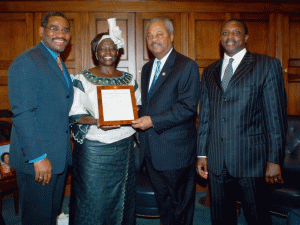
Donald M. Payne (1934-2012) was New Jersey’s first African American congressional representative and served as New Jersey’s 10th district representative from 1989-2012. During his time in Congress, Congressman Payne served on many important committees and was a leading advocate for education, democracy, and human rights. The collection includes materials related to Congressman Payne’s legislative work, particularly for the House Committee on Education and Labor and the House Committee on Foreign Affairs, as well as on behalf of his district and state.
5-Photos of Judith “Judy” Miller
Julia “Judy” Miller was the founding Associate Director of Seton Hall’s Black Studies Center (now since evolved into the Department of Languages, Literatures, and Cultures in the College of Arts and Sciences) in 1970. Prior to the Black Studies Center, Miller worked as a research associate member in 1967 under Governor Hughes’ commission to study the urban disorder and rebellions that occurred in New Jersey of that year. The center was a semi-autonomous academic and research center devoted to the liberation of people of African descent and awarded honorary doctorates to several notable world and national leaders including Michael Manley, the prime minister of Jamaica and Alex Haley, author of The Autobiography of Malcolm X and Roots.
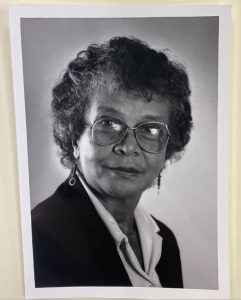
Additional information about the African American experience in terms of background and unique information leads found within the University Libraries can be referenced through the following leads.
- African American History Blog Posts – Archives & Special Collections Center
- African American Blog Posts – University Libraries
- Africana Studies Library Guide
We welcome you to our information center in the near future, but in the meantime if you need detailed help through the University Libraries. You can book a research appointment here – Research Appointment Site

